Soar’s primary power will be battery-powered electric engines, but it will also burn liquid-hydrogen fuel to extend its range to three hours.
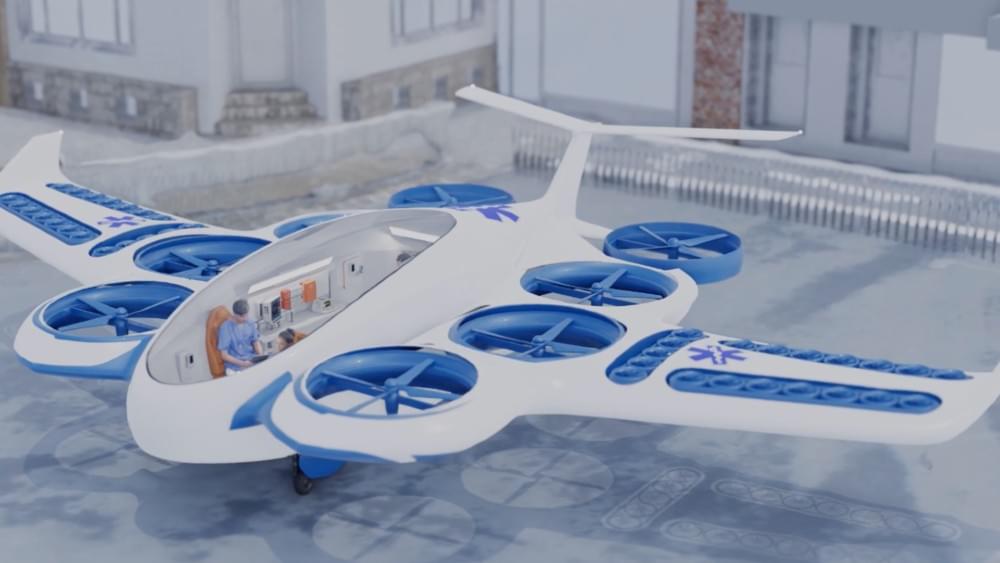



Abstract: Here we show that precise Gaia EDR3 proper motions have provided robust estimates of 3D velocities, angular momentum and total energy for 40 Milky Way dwarfs. The results are statistically robust and are independent of the Milky Way mass profile. Dwarfs do not behave like long-lived satellites of the Milky Way because of their excessively large velocities, angular momenta, and total energies. Comparing them to other MW halo population, we find that many are at first passage, $\le$2 Gyr ago, i.e., more recently than the passage of Sagittarius, $\sim$4–5 Gyr ago. We suggest that this is in agreement with the stellar populations of all dwarfs, for which we find that a small fraction of young stars cannot be excluded. We also find that dwarf radial velocities contribute too little to their kinetic energy when compared to satellite systems with motions only regulated by gravity, and some other mechanism must be at work such as ram pressure. The latter may have preferentially reduced radial velocities when dwarf progenitors entered the halo until they lost their gas. It could also explain why most dwarfs lie near their pericenter. We also discover a novel large scale structure perpendicular to the Milky Way disk, which is made by 20% of dwarfs orbiting or counter orbiting with the Sagittarius dwarf.
From: Francois Hammer [view email].

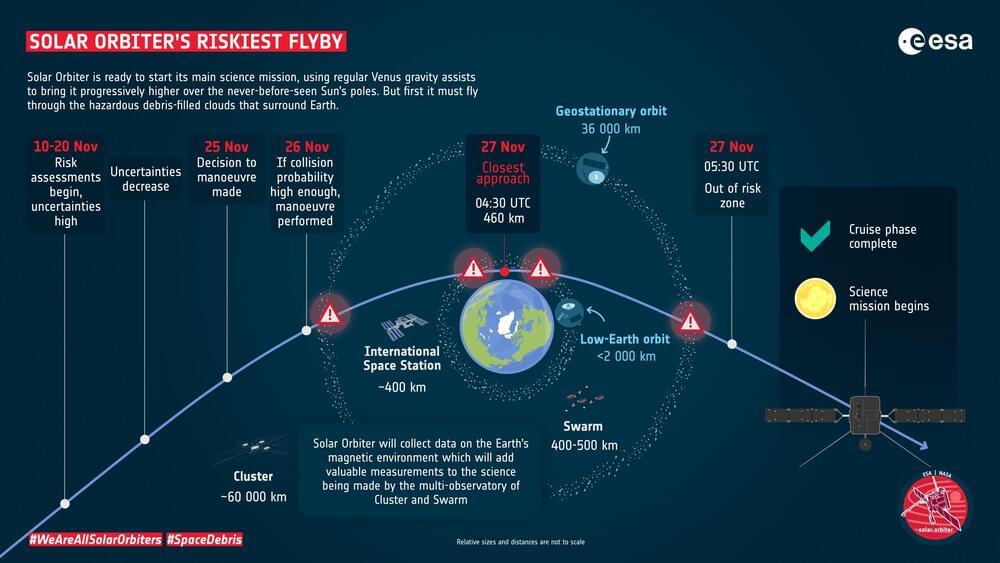
The chance that ESA’s Solar Orbiter spacecraft will encounter space debris during its upcoming Earth flyby is very, very low. However, the risk is not zero and is greater than any other flyby ESA has performed. That there is this risk at all highlights the mess we’ve made of space—and why we need to take action to clean up after ourselves.
On 27 November, after a year and eight months flying through the inner Solar System, Solar Orbiter will swing by home to ‘drop off’ some extra energy. This will line the spacecraft up for its next six flybys of Venus. These final gravity assists will hone and tilt Solar Orbiter’s orbit, enabling the heat-protected probe to capture the first-ever direct images of our star’s poles, and much more.
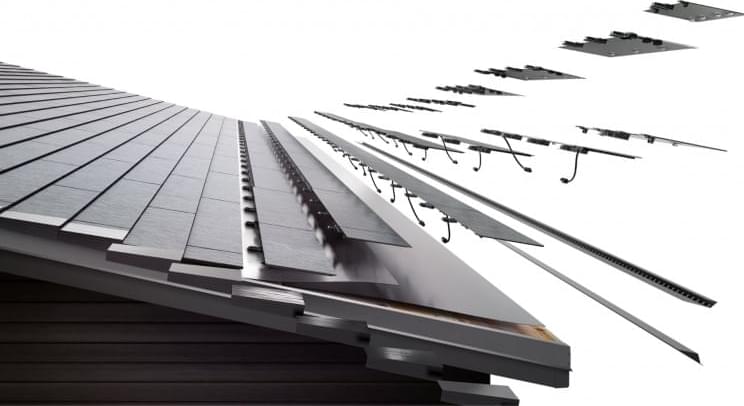
In yet another bid to push forward its solar business, electric vehicle maker Tesla has launched a new solar roof tile that has a higher power output while retaining the dimensions of the old one.
Tesla entered the clean energy business when it acquired SolarCity for $2.6 billion in 2016. It makes switching to solar energy sleeker by replacing regular roof tiles with energy-generating solar roof tiles, instead of having to install bulky solar panels. Tesla offers a 25-year warranty on the tiles and takes end-to-end responsibility for installing the new solar roof.
However, the company has so far struggled to make its product mainstream due to fluctuations in pricing, Electrek reported. With variations across house designs, Tesla has found it difficult to create a streamlined product and even introduced a roof-complexity factor, earlier this year to determine cost estimates.
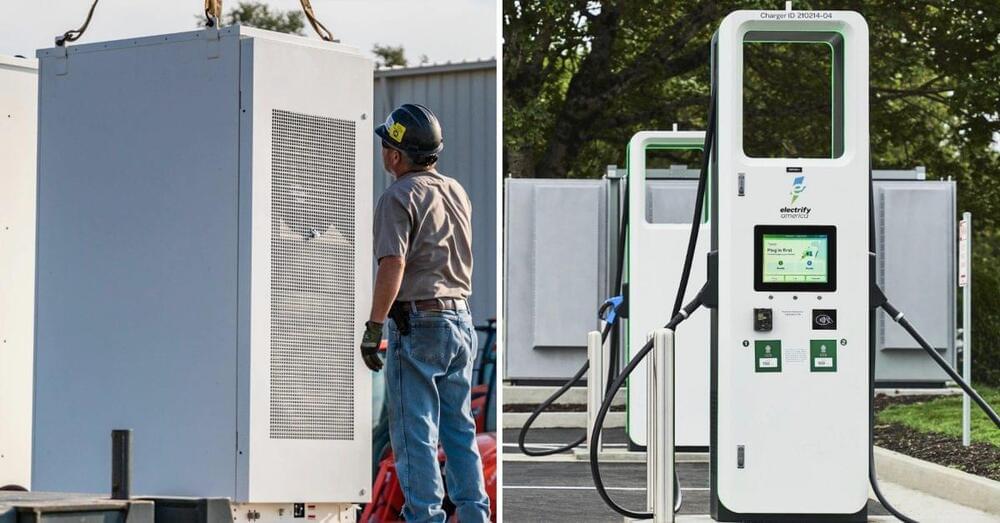
Electrify America announced that it has now deployed over 30 MW of battery capacity using Tesla Powerpacks at over 140 charging stations.
In 2019, Tesla and Electrify America, VW’s electric vehicle charging network, announced that they reached a deal for the former to deploy Powerpacks at more than 100 charging stations operated by the latter.
We have been tracking their progress in deploying those battery systems since it appears to be the largest deployment of energy storage at electric vehicle charging stations.
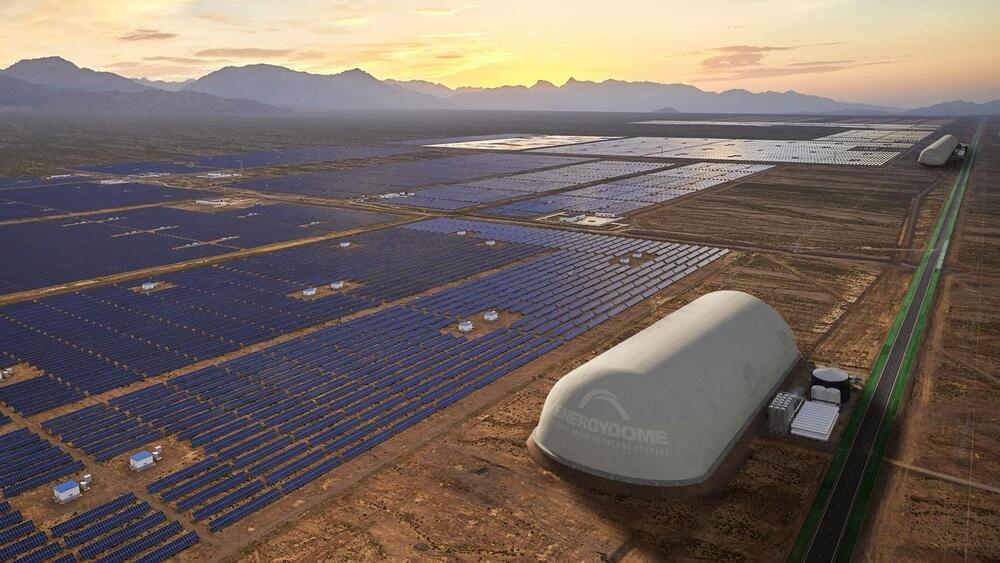
An Italian energy storage company, Energy Dome, has announced the close of its $11M Series A fundraise, with the goal of deploying the first commercially viable CO2 battery in a demonstration project in its native Sardinia, Italy. The proposed 100 megawatt-hours (MWh) CO2 Battery could support the increased use of renewable power in the generation mix and address the growing need for energy storage on electrical grids.
The CO2 Battery’s optimal charge/discharge cycle ranges from 4 to 24 hours, positioning it perfectly for daily and intra-day cycling. The company points out that this is a fast-growing market segment, not well served by existing battery technologies. Significantly, the CO2 Battery can be charged during the daytime when there is a surplus solar generation and dispatched during the subsequent evening and next-morning peaks, when solar generation falls short of demand. The modular, scalable energy storage solution will allow for solar and wind generation to be dispatchable 24 hours per day.
Using low-cost, off-the-shelf components, the company claims that its CO2 battery achieves a 75–80% round-trip efficiency. Unlike lithium-ion batteries, which degrade significantly in performance after roughly a decade of use, the battery maintains its performance during its expected 25-year operational life. This means the cost of the storage will be about half of the cost of storing with similar-sized lithium-ion batteries.
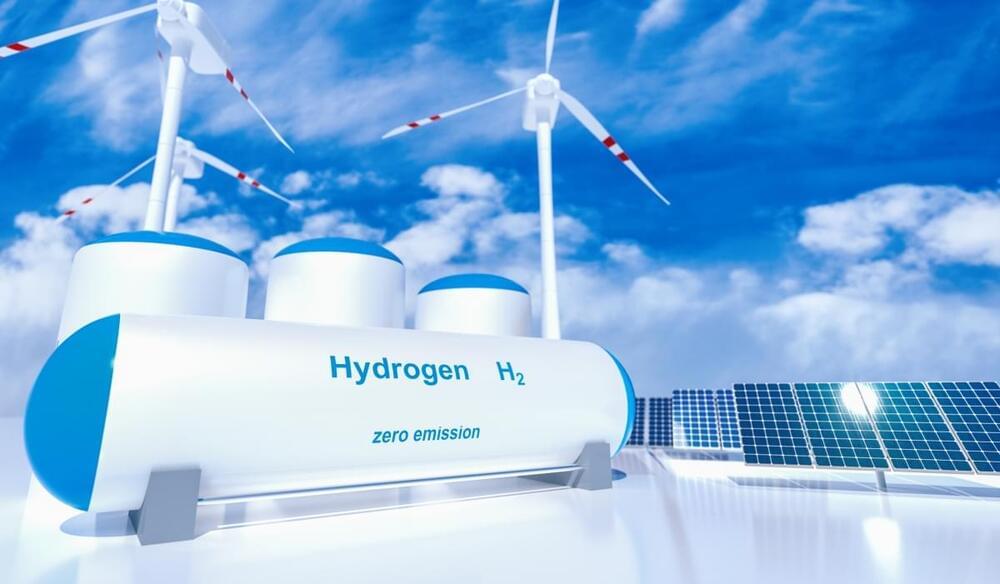
Boy, how the market for Hydrogen and Hydrogen Fuel Cells has changed in the past couple of years! From my Seeking Delphi podcast.
“So I submit to my colleagues here today that hydrogen is not as far away as we think it is.”–Bob Inglis.
In February of 2017, Seeking Delphi™ featured Infinity Fuel Cell and Hydrogen, Inc.™ founder and CEO Bill Smith, in an episode entitled What Ever Happend to Fuel Cells.
Not much was happening in early 2017. The market for hydrogen fuel cells, and hydrogen in any form for that matter, had been stagnant for for over a decade.
